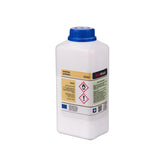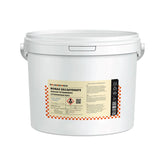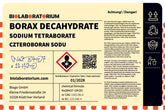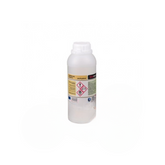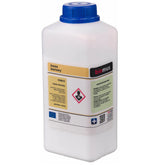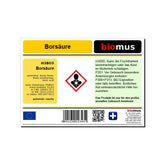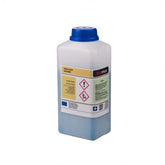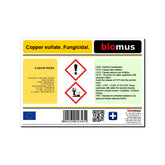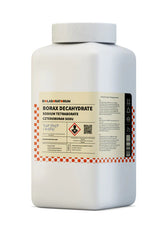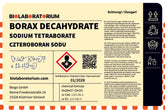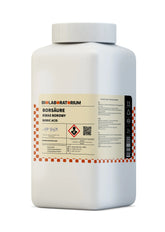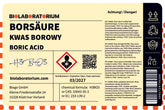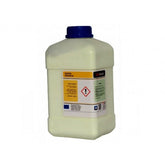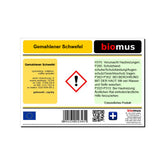Peppermint Oil – Versatile Applications and Safety Aspects
Peppermint oil is a widely used and popular essential oil obtained from the leaves of the peppermint plant (Mentha piperita). This oil is not only known for its refreshing scent and taste but also offers a variety of useful properties and application possibilities. In this blog post, we will take a closer look at the properties, technical applications, and safety aspects of peppermint oil.
Properties of Peppermint Oil
Peppermint oil is an essential oil obtained by steam distillation from the leaves and stems of the peppermint plant. It is characterized by a characteristic, refreshing mint scent that many people find pleasant. In addition, peppermint oil has a number of interesting components and properties:
Main components
- Menthol (30-55%)
- Menthone (14-32%)
- Menthyl acetate (3-10%)
- Cineole (3-6%)
Physical properties
- Colorless to pale yellow
- Liquid at room temperature
- Pleasant, refreshing odor
- Slightly burning taste
Biological effects
- Cooling, refreshing effect
- Mild anesthetic effect on mucous membranes
- Antimicrobial and antiseptic properties
- Antispasmodic and digestive effect
These diverse properties make peppermint oil a versatile essential oil with numerous application possibilities.
Technical applications of peppermint oil
Due to its ingredients and properties, peppermint oil is used in a wide variety of products and applications. Some of the most important technical applications are:
Cosmetics and personal care
- Component in toothpaste, mouthwashes, and chewing gums
- Use in shower gels, shampoos, and creams
- Use as a fragrance in perfumes and room scents
Food industry
- Flavoring of confectionery, chewing gums, and beverages
- Use as a natural preservative
- Use as a flavor enhancer in foods
Pharmaceutical applications
- Component of cough remedies, cold medications, and pain tablets
- Use in ointments and creams to relieve muscle pain
- Use in inhalation products to facilitate breathing
Technical applications
- Use as an insect repellent and deterrent
- Use as an additive in cleaning agents and disinfectant products
- Use as a refrigerant in compressors and cooling systems
The diverse application possibilities of peppermint oil show that it is an extremely versatile and useful essential oil that is used in numerous industries.
Safety aspects when using peppermint oil
Although peppermint oil is generally considered safe, there are some safety aspects to consider:
Skin compatibility
- Peppermint oil can cause irritation and inflammation on sensitive skin.
- A skin compatibility test should always be performed before application on the skin.
- Diluting the oil with a carrier oil can increase skin compatibility.
Pregnancy and breastfeeding
- During pregnancy and breastfeeding, peppermint oil should only be used after consultation with a doctor.
- Higher doses may potentially have undesirable effects.
Intake as a dietary supplement
- Caution is advised when taking peppermint oil internally.
- Overdose can lead to side effects such as nausea, vomiting, or diarrhea.
- The dosage should definitely be coordinated with a doctor or pharmacist.
Use in children
- Peppermint oil should not be used on children under 3 years of age.
- For older children, dilution and careful application is advisable.
By observing these safety aspects, peppermint oil can be used safely and effectively in most cases. In case of uncertainties or intolerances, a doctor or pharmacist should always be consulted.
Conclusion
Peppermint oil is a versatile and useful essential oil that is used in numerous application areas due to its properties. From cosmetics to the food industry to pharmaceutical and technical applications, peppermint oil offers many uses. However, some safety aspects must also be considered when using it to avoid skin irritations, overdoses, or other undesirable effects. With proper application and dosage, peppermint oil can be a valuable component in many products and applications.
